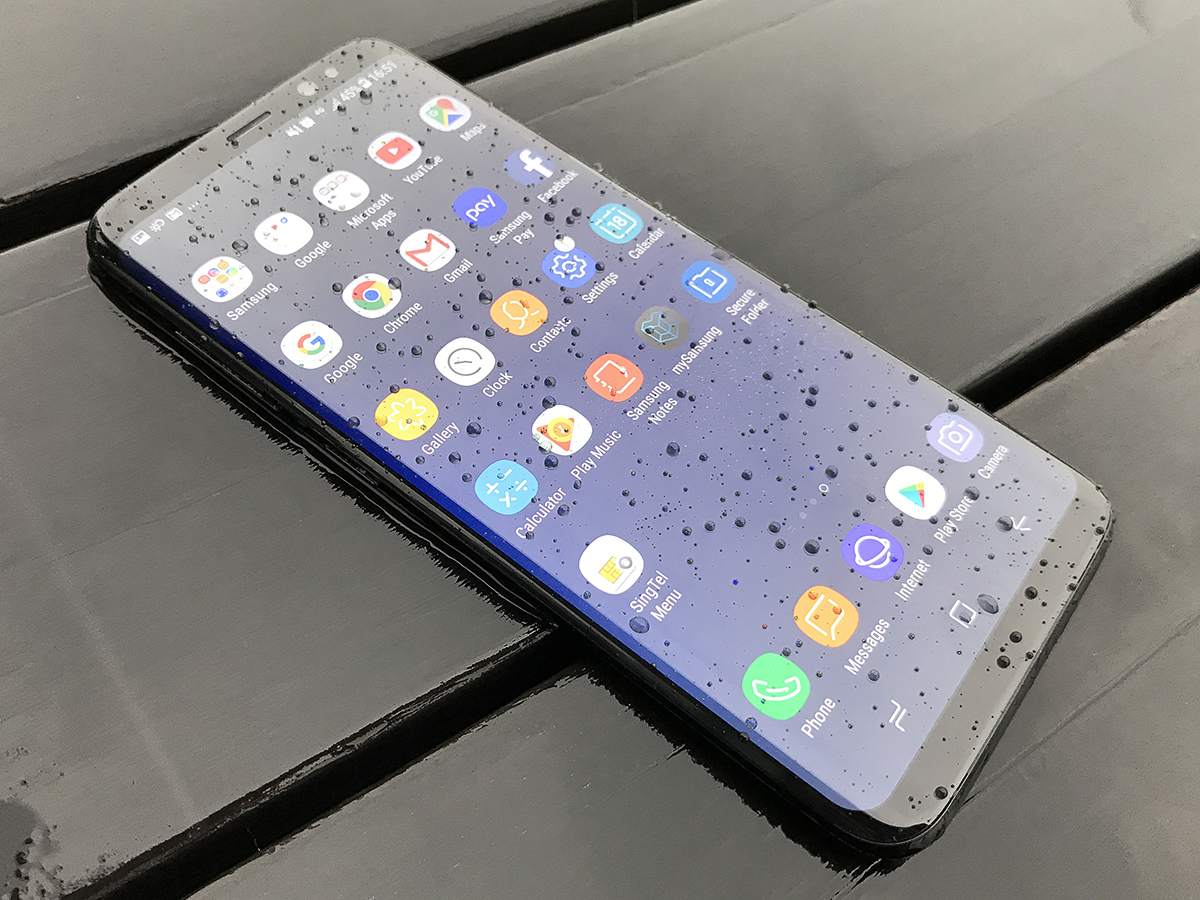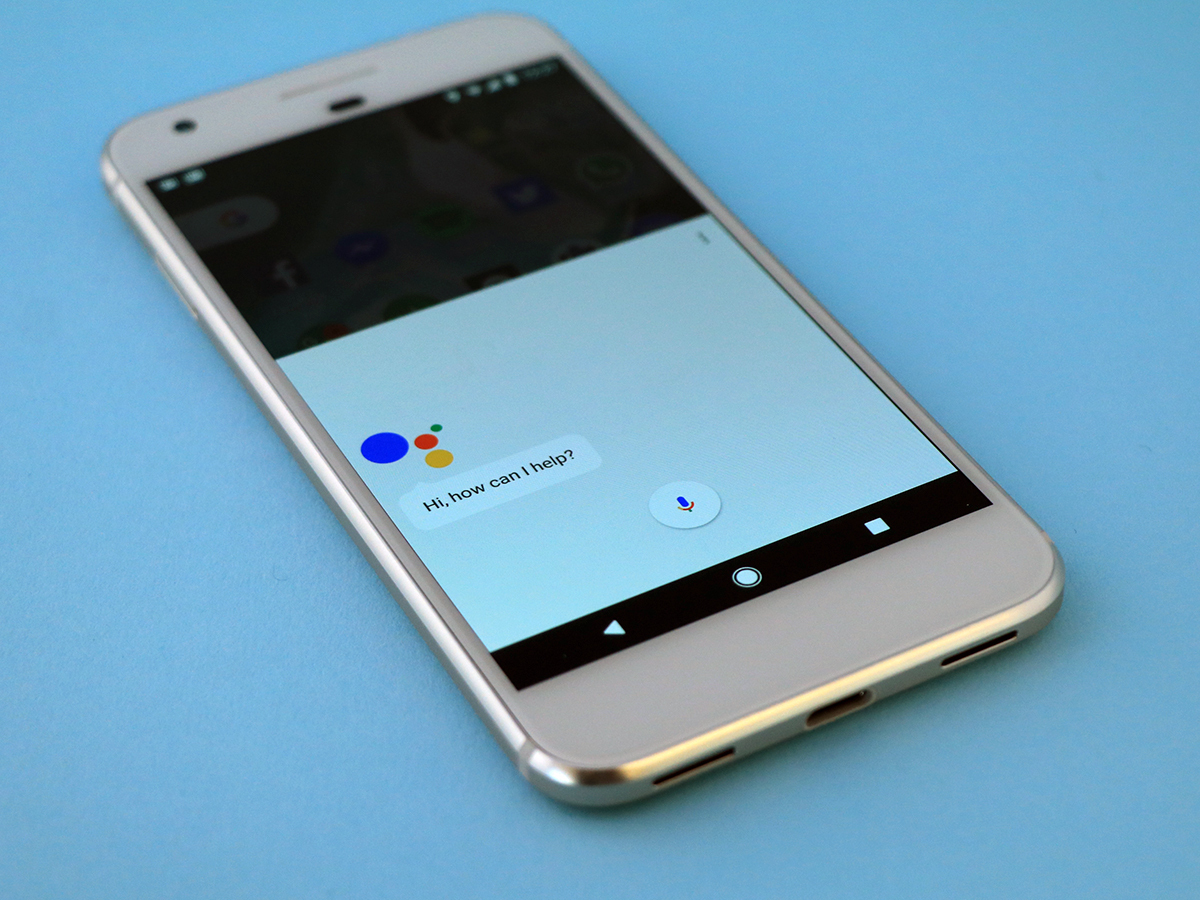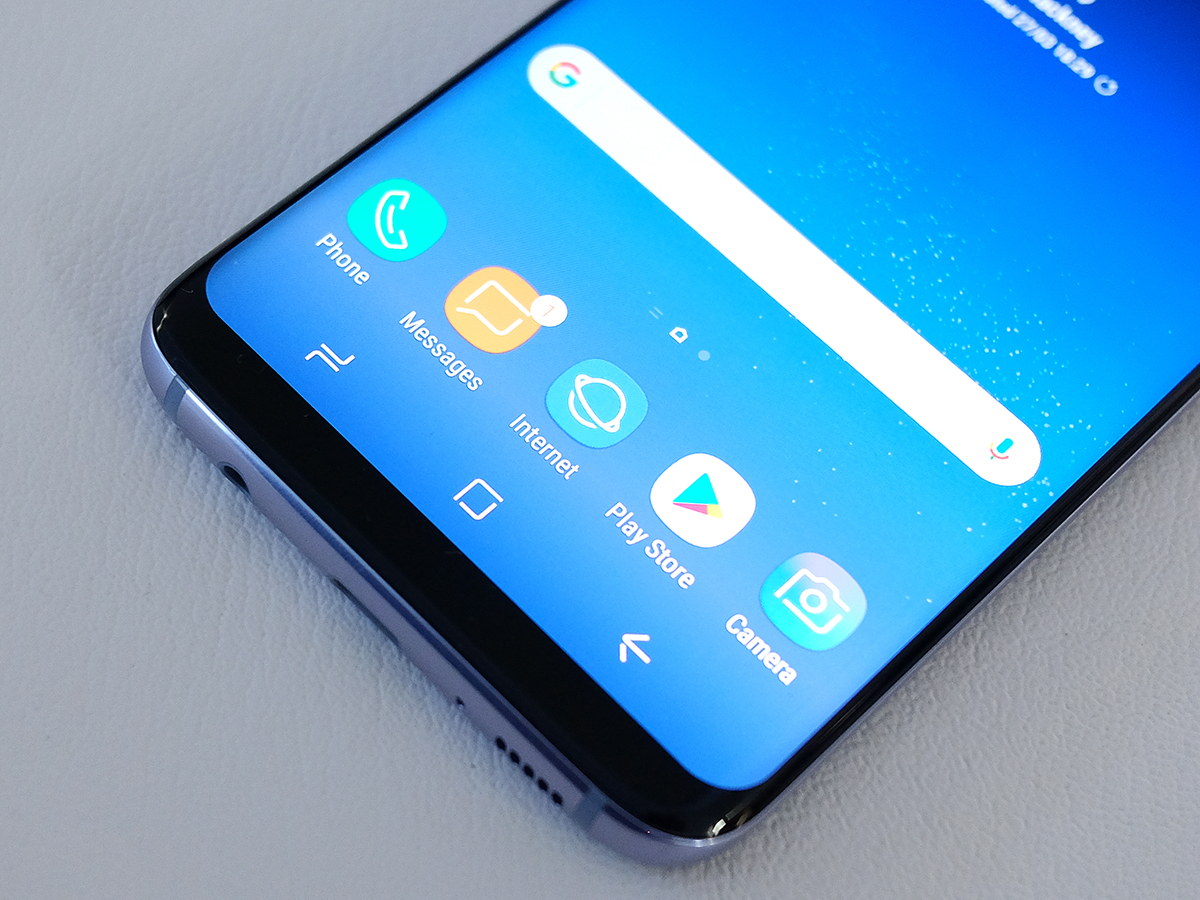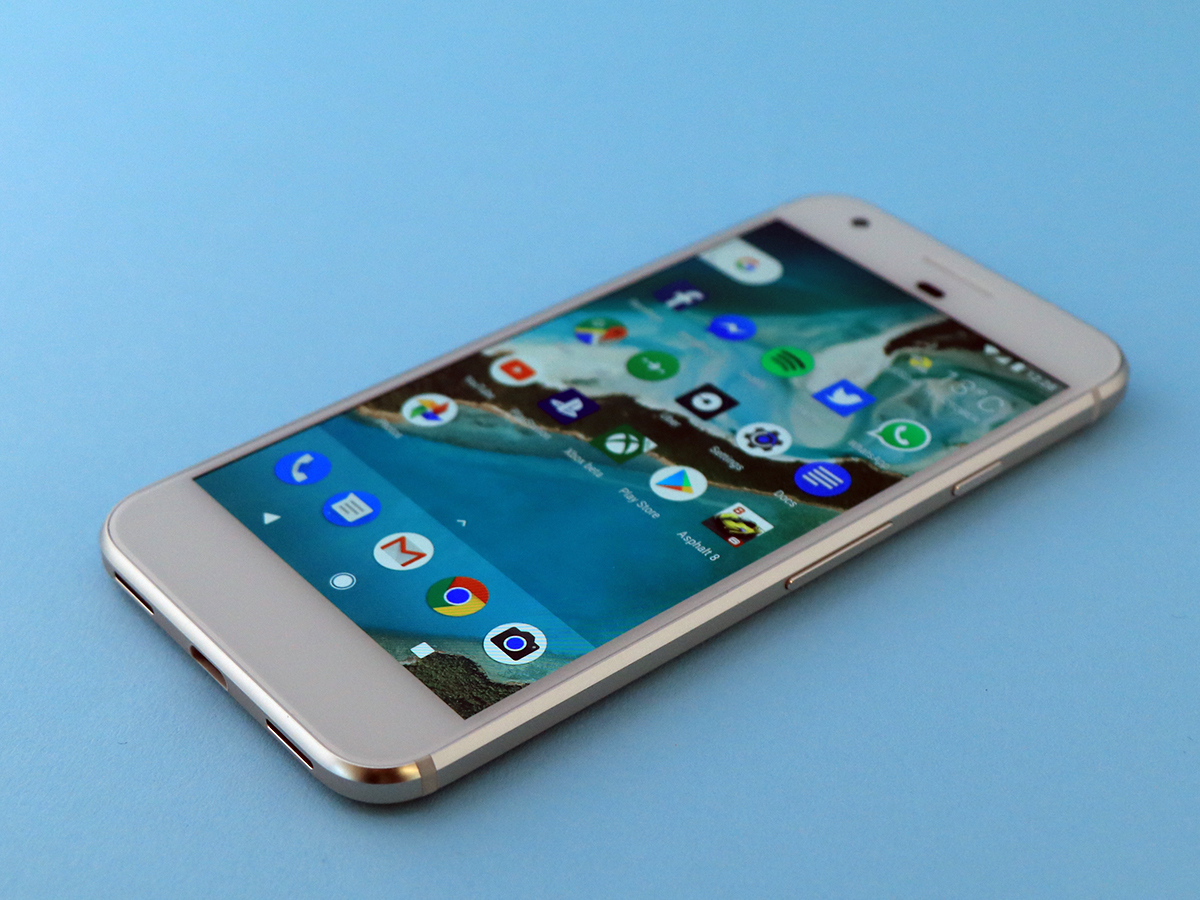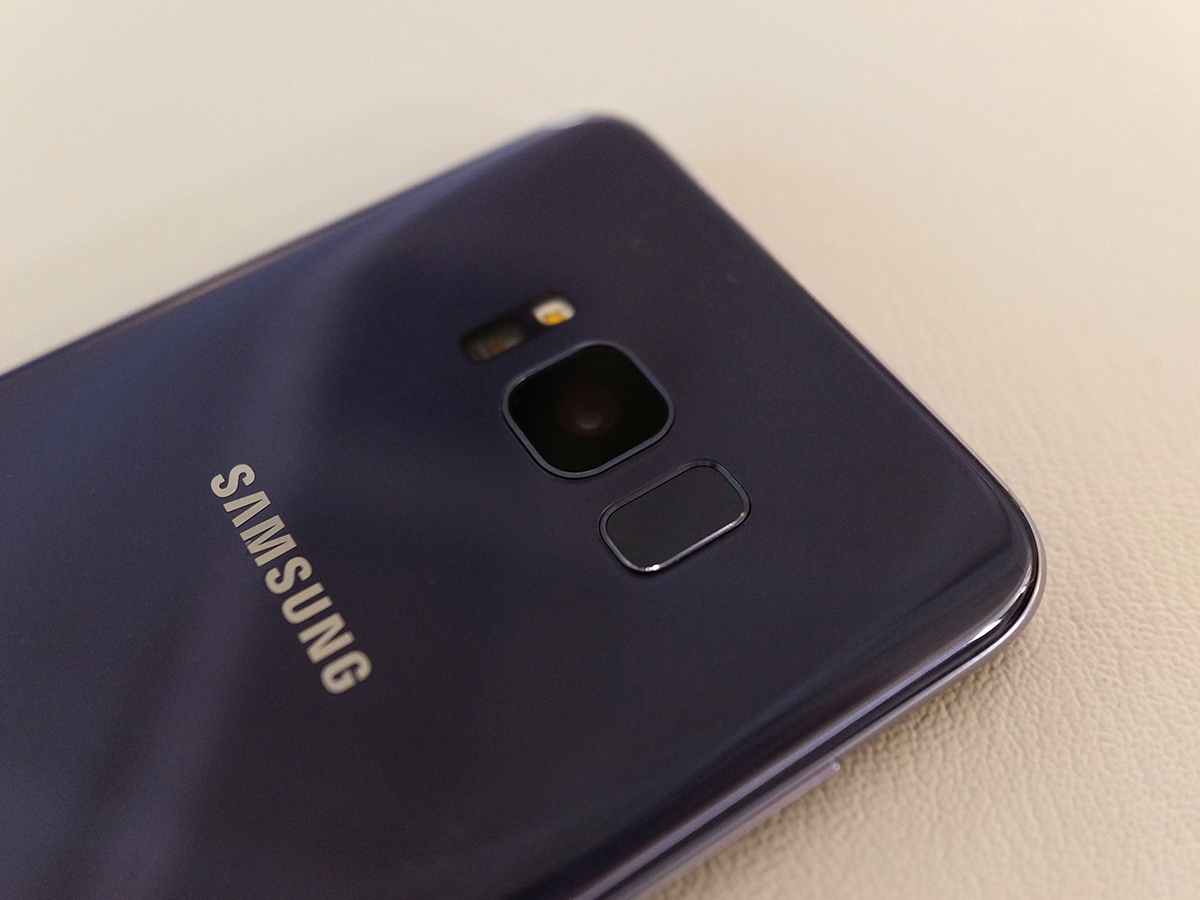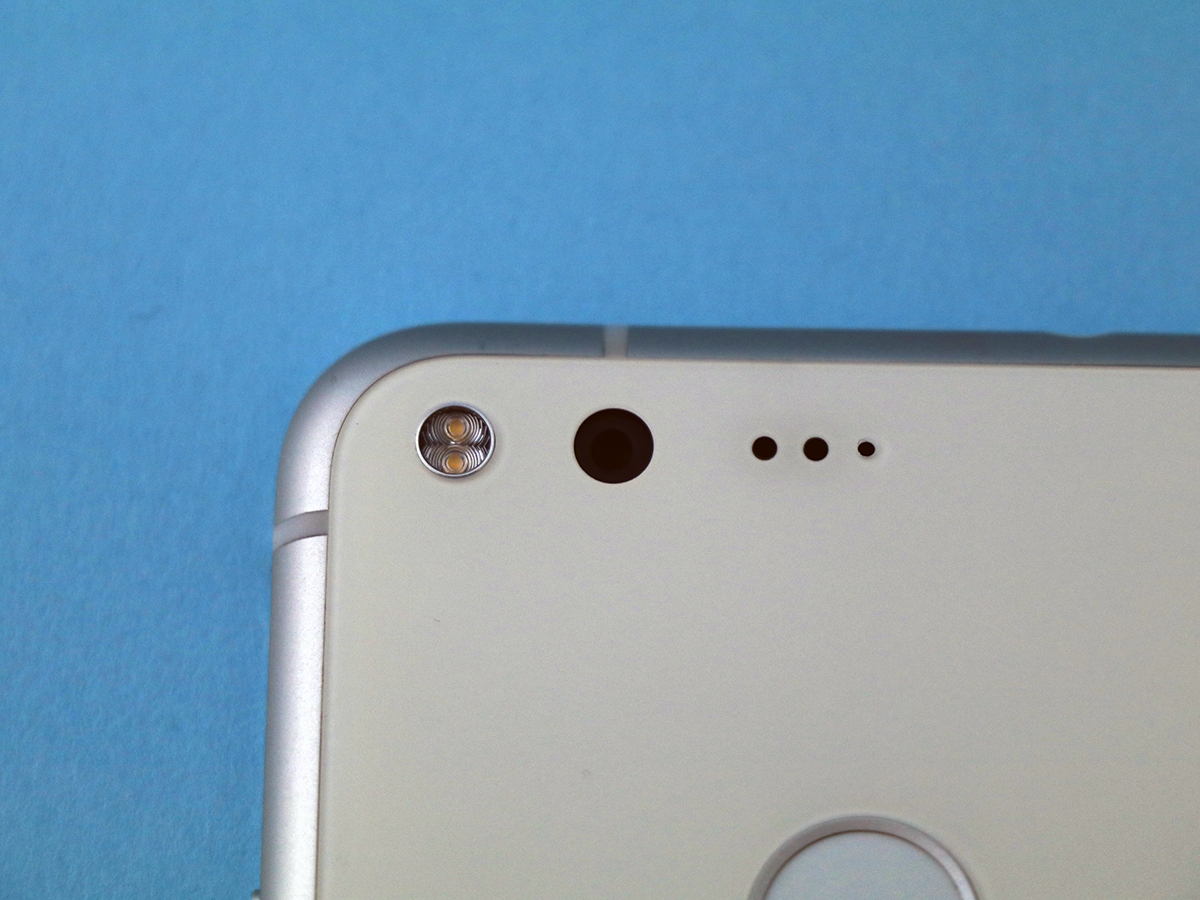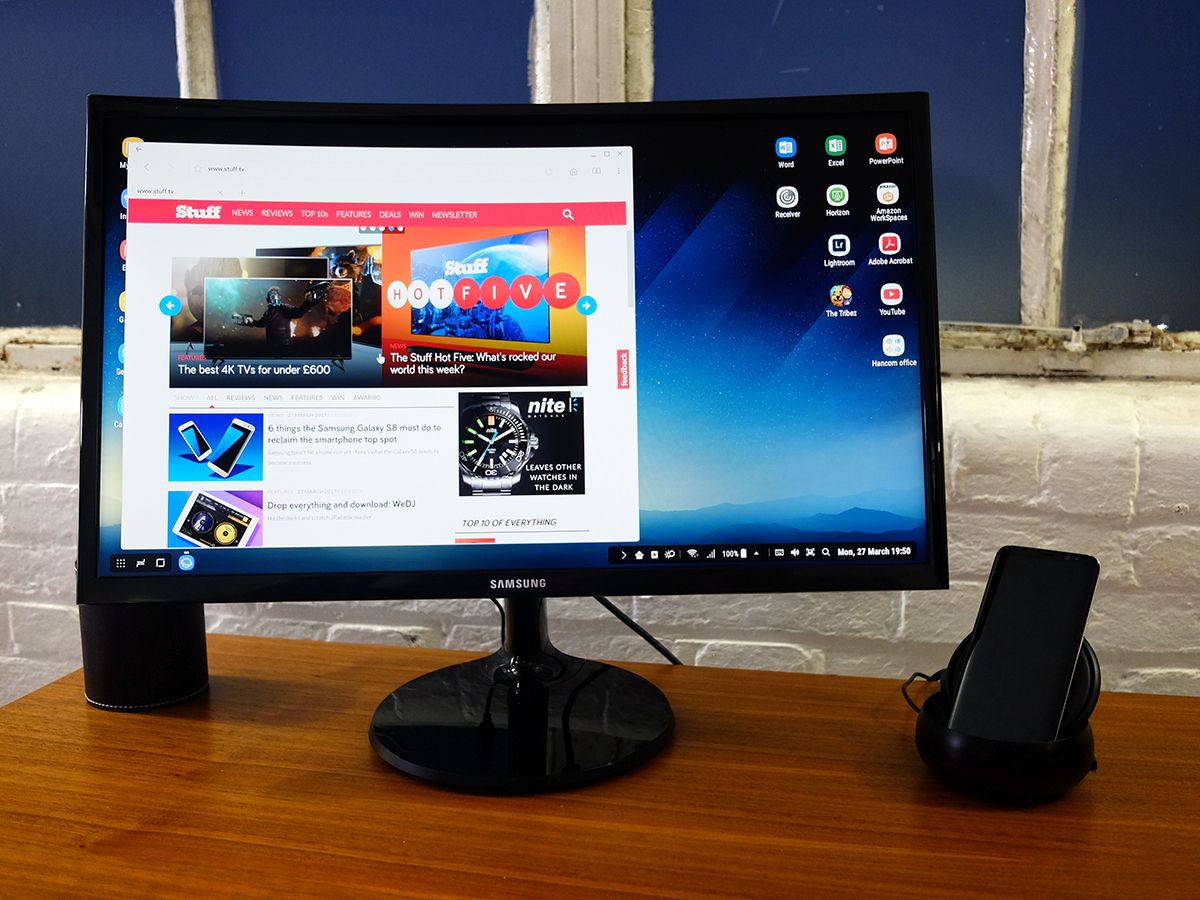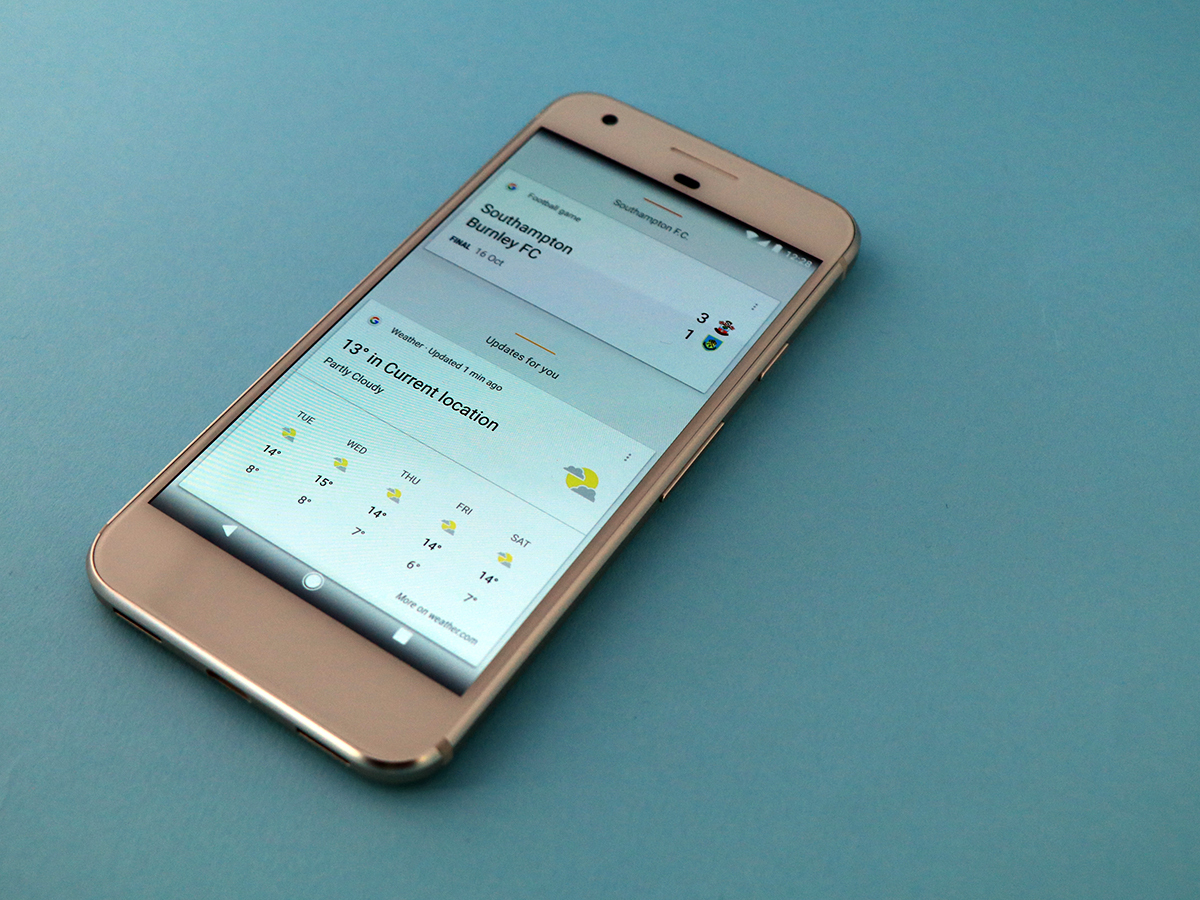Samsung Galaxy S8 vs Google Pixel: Which is best?
Google’s best squares off against Samsung’s new Galaxy – but which is the finer flagship?

The announcement of a new Samsung Galaxy S phone is always one of the year’s biggest tech moments, especially since the brilliant Galaxy S6.
And the newly-released Galaxy S8 continues that trend, taking the template laid down by the glorious Galaxy S7 Edge before it, refining it and building it into what is an even better handset. In fact, our pick for the best smartphone in the world right now.
But it’s not the only appealing Android on the market right now. How does Samsung’s new top dog compare to its flagship Android cousins? Let’s start with Google’s own effort, the stock OS star, the Pixel.
Design: Dapper vs disappointing
There’s no kind way to say this: the Pixel is a bit of a dog’s dinner on the design front. Things aren’t a total disaster, of course – at 143g it’s nice and lightweight for a flagship phone – but the handset’s blend of large bezels, glass cutouts and plastic antenna channels isn’t the stuff of which premium phone dreams are made. Put simply, it’s just not as desirable as a £600 smartphone should be.
Samsung knows that pain. Samsung’s been there before, with early generations of the Galaxy S series being derided far and wide for their creaky build quality and muddled design language. Those days are long gone, however, and the Galaxy S8 is a truly beautiful smartphone, with the glass of the edge-to-edge screen (no big bezel issues here) shifting seamlessly into the metal of the frame and the glass curved back. This, Google, is what a premium phone looks like.
The fact that the S8 is IP68 certified, warding off water and dust, is another plus point it has over the Pixel, which is billed merely as splash and dust resistant. Knock Google’s flagship into the bath and it could spell a trip to the repair store or worse, but the S8 can endure a 30-minute dunking with no ill effects.
Winner: Samsung Galaxy S8
Screen: Major differences
As mentioned above, Samsung has fitted the S8 with a beautiful curved glass screen. There’s no “Edge” appellation this time around: all S8s are blessed with the wraparound display, which spans the front from side to side, with only two narrow bezels at the top and bottom. It’s quite striking.
Like previous Galaxy flagships, the screen uses Super AMOLED tech, which means intensely rich colours and deep, dark blacks. This time around, though, the 5.8in screen uses an unusual 18.5:9 aspect ratio, which means a wider screen when viewed in landscape mode. The resolution has been bumped accordingly, now standing at an impressive 2960 x 1400 pixels – aka “a truckload of detail” (no, it’s not 4K – but nobody really needs a 4K phone, whatever Sony might claim).
The Pixel can’t match the S8 on size, curviness or resolution. Its display is a pretty run-of-the-mill flat 5in 1920 x 1080 OLED screen. There’s no shame in a flagship phone having a 1080p screen, really – it’s still a ton of pixels for a 5in panel, and the OLED tech gives a similarly rich and vibrant colour performance to the Samsung phone. But there’s no doubt that the S8’s screen showing is far more noteworthy.
Winner: Samsung Galaxy S8
CAMERA: The power of 12
Samsung and Google have checked out of the tedious megapixel arms race, with each settling on a more than respectable 12MP sensor for their flagships’ rear cameras. Other phone manufacturers might boast of more megapixels, but as any photography enthusiast knows, of the many factors that go into making a killer camera, megapixel count is a fairly minor one.
The Pixel’s 12.3MP sensor (with large 1.55-micron pixels) is paired with an f/2.0 aperture, can record 4K video and comes with some really effective electronic image stabilisation that helps smooth out handheld videos. It’s a fantastic camera with an effective HDR+ mode, and as good a performer as any of its 2016 peers.
The S8 maintains a lot of camera bits from the S7, like Dual Pixel autofocus. There’s an f/1.7 aperture and optical image stabilisation, which gives it an edge on the Pixel for low light shooting. That said, the sensor’s pixels are a slightly smaller 1.4 microns each; while that’s still larger than most phones’ sensor pixels, it’s not as large as the Google Pixel’s.
Google’s biggest selling point for the Pixel is the camera, and it remains a strong one. Samsung hasn’t bested it with the Galaxy S8, but we’d call the results here about even. In either case, you’ll get speedy focusing, stellar shots across the board, and great video results as well. You can’t go wrong with either of these flagships right now.
Winner: Draw
Pwn the OS › How to master… Android Nougat
PERFORMANCE: It’s close
The Google Pixel was the first phone to carry the Qualcomm Snapdragon 821 CPU with 4GB of RAM, and that’s (on paper at least) an abundance of processing power and multitasking ability. In practice, the Pixel breezes through most tasks with ease and hops between apps with nary a stutter.
It also runs on a “pure” stock version of the Android Nougat platform, untouched by the hands of third-party UI developers, which we know is a big draw for many people. You certainly won’t find any bloatware stinking up the place here.
Depending on which country you buy it in, the Galaxy S8 carries a brand new Samsung-developed chip, the Exynos 8895, clocked at a brisk 2.5GHz, or a Snapdragon 835; both are paired with 4GB of RAM. The platform is Android Nougat, albeit with Samsung’s new UI touches slathered all over it like Marmite on a warm crumpet.
And, as with Marmite, that might be something you love or something you don’t. But Samsung’s TouchWiz skin isn’t the inconsistent beast it once was. In fact, it’s rather striking now, and while some of us still prefer stock Android, any downsides here won’t be obvious to the average user.
In real-world usage, both the Pixel and the Galaxy S8 are absolute speed demons, and you shouldn’t get hung up on anything, be it game performance or multitasking. But in the benchmark tests, the newer Exynos and Snapdragon chips show a smidge of improvement on processing capabilities over the older Snapdragon 821, so we have to give the tiniest of nods to Samsung here.
Winner: Samsung Galaxy S8
BATTERY & Perks: Storage wars
The Pixel comes with either 32GB or 128GB of storage (the latter version coming at a £100 premium), and with no microSD slot to boost it further, that’s your lot. Other interesting bits include a rear-mounted fingerprint scanner, compatibility with Google’s impressive Daydream View VR headset, and a decent (if perhaps not revelatory) voice-controlled AI helper in the form of Google Assistant.
The S8 comes in one storage capacity of 64GB, but that’s backed up with a microSD slot allowing you to boost it by a further 256GB, so Samsung has Google trumped there. As with the Pixel, there’s a back-mounted fingerprint scanner, but this one adds gesture support that lets you open and close apps – although the placement is extremely awkward. As a further security measure, Samsung has implemented an iris scanner.
Bixby, meanwhile, is Samsung’s new virtual assistant, but it’s hobbled from the start: it doesn’t support voice usage just yet, although it’ll be added later. For now, it’s not really any big draw for the Galaxy S8.
The Pixel’s battery has a 2,770mAh capacity that we found to be plenty for a day’s usage – but not much more. It charges quickly via USB-C, with a 15-minute plug-in giving you as much as seven hours of use. But there’s no on-board wireless charging.
Samsung has crammed a 3,000mAh battery into the S8, with built-in support for fast wireless charging. That gives it a small edge on the Pixel, even with the power-draining high-resolution screen, as we found the Galaxy S8 to be a strong all-day performer – a little more convincingly so than the Pixel, to be honest.
And the Galaxy S8 also has Gear VR support, as well as the DeX station, which lets you use the phone as the brains of a desktop computer-like experience on an external monitor. Samsung’s got perks for days – enough to put it over Google’s phone, or really any other right now.
Winner: Samsung Galaxy S8
Verdict: The S8 is GR8
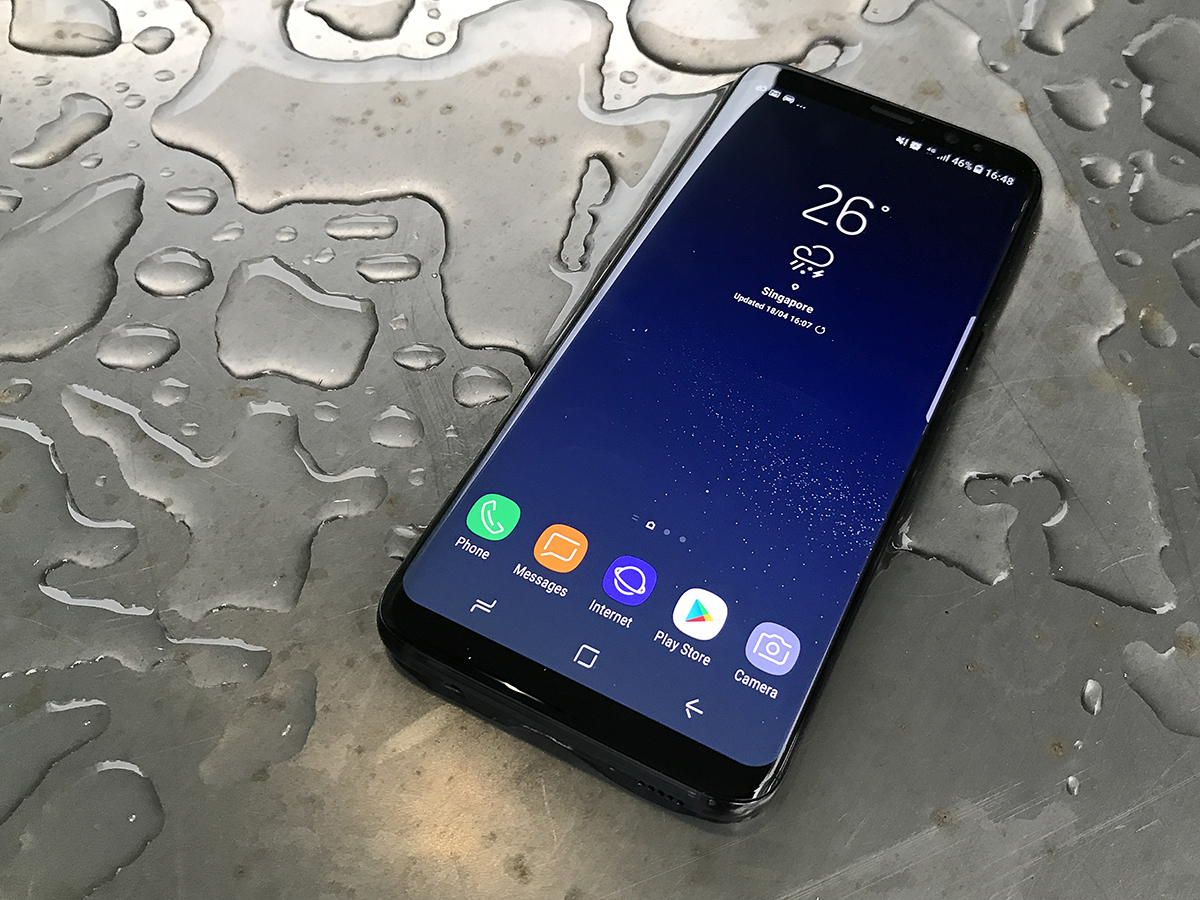
The Pixel has never been one of our favourite Android phones. Despite its general competence, a fine camera and a handful of deft feature flourishes, it’s just not enough of an all-round stunner to fully justify its price tag.
And while the Galaxy S8 is even more expensive than the Pixel, it’s absolutely worth it. With a gloriously premium look, a huge and super-sharp screen and a fantastic camera, the S8 is a far tastier prospect than the Pixel. Sorry Google, but Samsung’s beat you at your own game when it comes to building the definitive Android phone.
Winner: Samsung Galaxy S8
